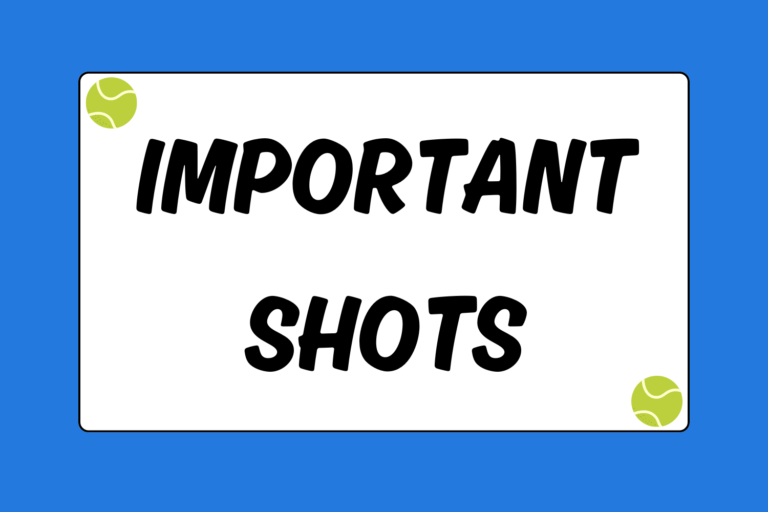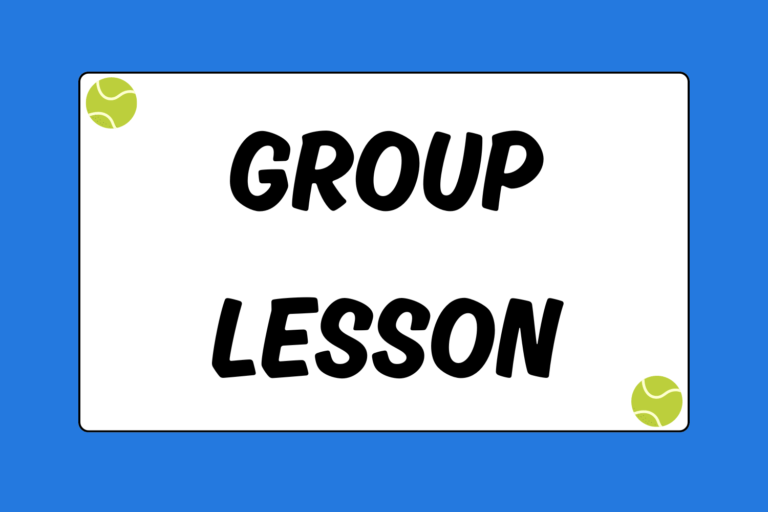While your arms might look like they’re doing all of the work, your lower body plays a huge role in a good serve. You generate power from your legs as you explosively spring up at the ball. But your footwork can also go awry, which can lead to an illegal serve. This guide explains the legal service motion and foot faults.
Basic Service Rules
A legal serve involves hitting the ball cross-court and into the service box. A net ball or let occurs if the ball touches the net cord, and the serve is considered void. If you’re unfamiliar these terms, check out our guide on How to Handle Lets in Tennis.
The server has two attempts to get the ball into the correct service box. If he fails on both attempts, it’s a double fault and the receiver is awarded the point. There are also a few other ways a fault is committed:
- If the ball lands anywhere outside of the appropriate service box — in the net, out of bounds, etc.
- If the server swings and misses the ball.
Foot faults are the third type of fault, and the following section provides an in-depth breakdown on this rule violation.
Foot Faults Explained
Foot faults can occur in a variety of different ways:
- Illegal movement: Once the server begins the serving motion, he cannot change his positioning. Walking or running, for example, would result in a fault.
- Touching the baseline: The server’s feet cannot touch or cross the baseline while serving. Once the server makes contact with the ball, he can then cross the line.
- Crossing the sideline: Imagine that the (which is different for singles and doubles players) extended to the back fence — it would be illegal for the server to cross that line. This violation is somewhat rare, though, since most players line up near the center of the baseline.
- Crossing the center hash mark: The server’s feet cannot cross over or touch the center hash mark. For example, a fault would occur if you’re serving from the ad court and step into the deuce court as you’re serving. Just like the sideline, the center hash mark has an imaginary extension to the back fence that’s illegal to cross or touch.
Many players believe that jump serves are illegal, but this is a major misconception. A server’s feet may leave the ground as he strikes the ball. In fact, most big servers go airborne as they hit. However, you cannot run/walk and then jump as you strike the ball.
Fun Fact:
On January 21st, 1999, Russian tennis star Anna Kournikova committed 31 double faults. The 17-year-old amazingly won the match 1-6, 6-4, 10-8, but in an embarrassing fashion. Some of her serves barely even made it halfway to the net, but she nonetheless advanced to the next round of the Australian Open.
Faulty Logic
There’s no worse error in tennis than a double fault, but you can’t fear it. Serving provides you with a great opportunity to win a game, so swing with confidence. Dinking a weak serve over the net will likely lead to an easy winner, and that isn’t any better than a double fault. Now that you know how to legally serve, though, get on the court and hack away!





